Charger Xiaomi ZI5 PB400
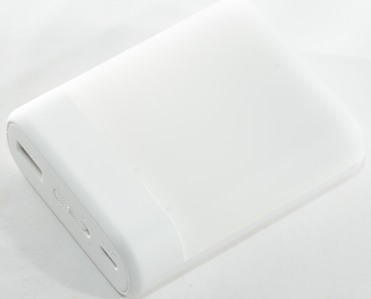
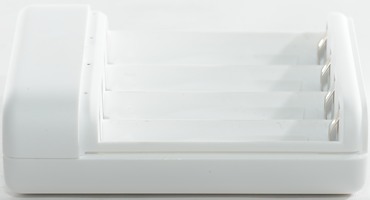
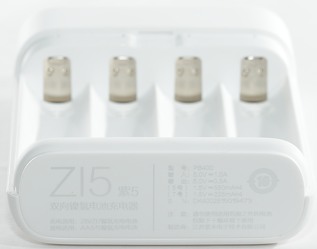
This is a very small 4 channel NiMH usb charger with power bank functionality.
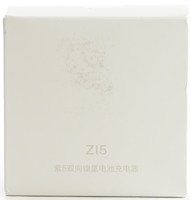
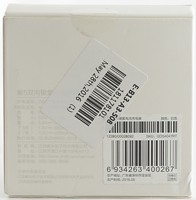
The charger comes in a white cardboard box whith some low contrast Chinese writing on it (Probably specifications).
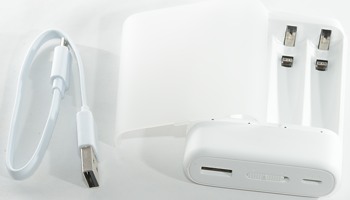
In the box is the charger with a lid and a usb cable (micro to USB-A).
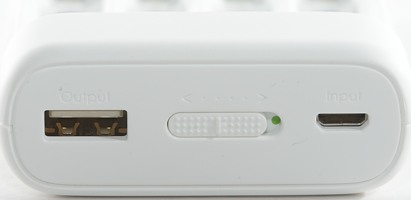
The charger has two connectors:
Micro usb for power input, it requires 5 volt 1A.
The large usb connector is for power bank output.
Selection between charging battery and working as a power bank is done with a switch.
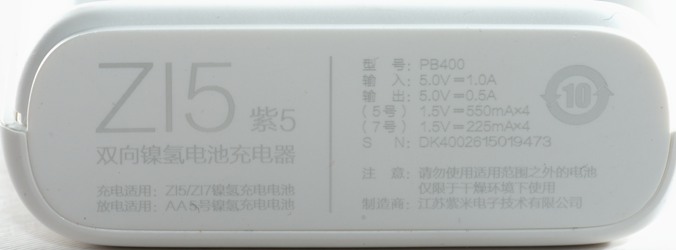
There is some specifications on the charger.

Each slot has a small white led behind a small hole.
These leds are flashing slowly when charging and steady lit when the battery is full.
When working as a power bank the leds lights up in turn at a slow speed.
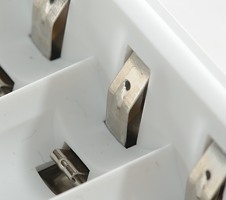
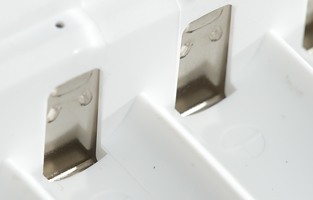
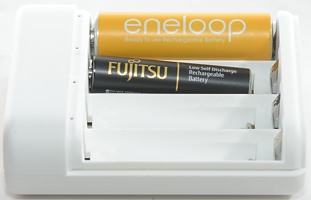
The charger uses the typical two level slots for AA/AAA cells.


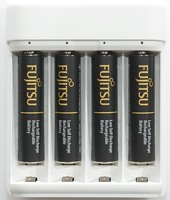
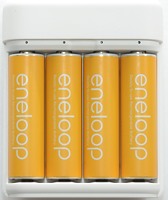
Measurements
-
When not connected to power it will discharges with less then 1uA
-
Power cycling or reinsertion of the battery will restart charging.
-
Power consumption when idle is 20mA or 0.1 watt from usb.
-
Power consumption when usb output is select with less than 4 batteries in the device is 2mA or 0.01 watt from usb.
-
Charging is only possible with switch in charge position.
%20%231.png)
The charger uses voltage termination with a one hour top-off charge. With this cell the main charge terminated before the cell was full, but the top-off filled the cell.
%20%232.png)
%20%233.png)
%20%234.png)
All 4 slot filled the batteries.
%20%231.png)
%20%231.png)
%20%231.png)
All 3 high capacity cells show temperature raise, i.e. they are all filled.
%20%231.png)
With AAA cells the charge current is only 250mA, again the temperature increase can be seen on the top-off charge.
%20%231.png)
With voltage termination a full battery is detected fairly fast, but ZI5 insist on topping it off with a one hour top-off charge.
.png)
With four battery the charge current is lower and the top-off charge takes two hours instead of one.
I have no idea why the charger takes a short break just before the batteries are finished.
a.png)
The input current is pulsing and is at about 1A.
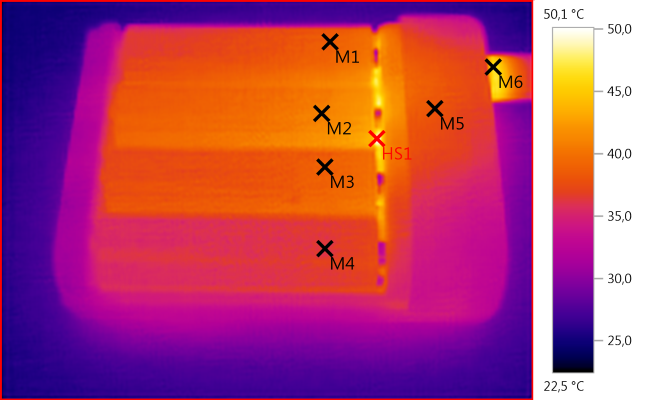
M1: 38,5°C, M2: 40,8°C, M3: 38,9°C, M4: 36,2°C, M5: 37,9°C, M6: 46,5°C, HS1: 50,1°C
For the compact size the charger is keeping the temperature well down.
Note: Testing was without lid.
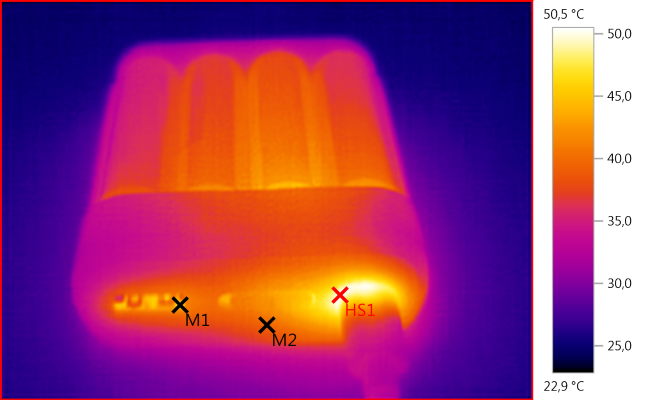
M1: 46,3°C, M2: 39,7°C, HS1: 50,5°C
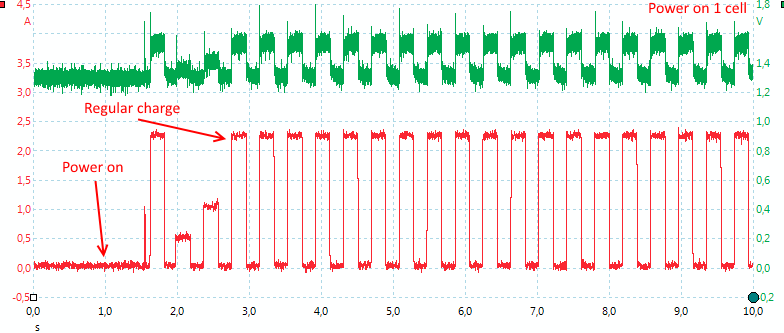
The charger needs less than 2 seconds to start charging, before that it checks the internal impedance of the cells (My 100mOhm scope adapter was too high). The charger uses 2.3A charge current in pulses. With one or two cells it is about 50% duty cycle
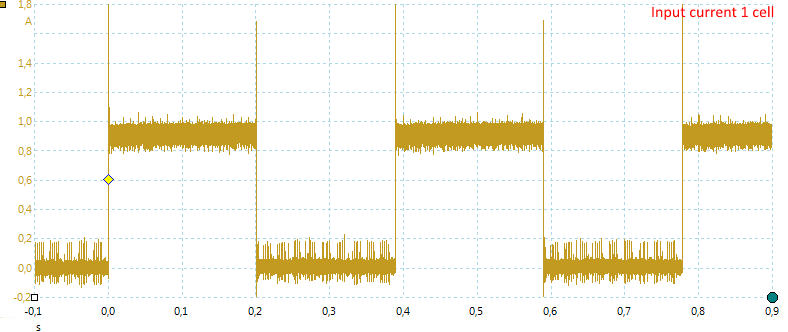
Here is the current drawn from the usb connector.
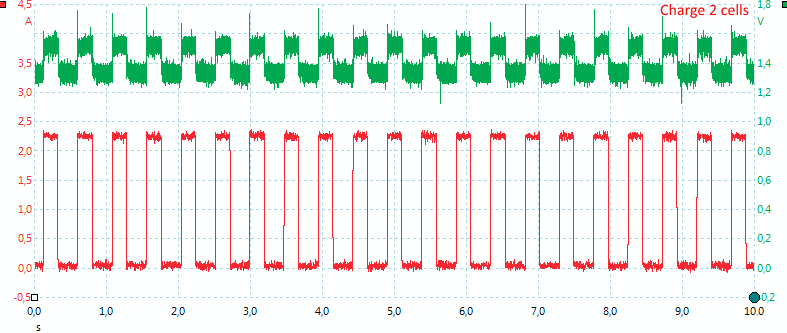
The pulsing is the same with two cells.
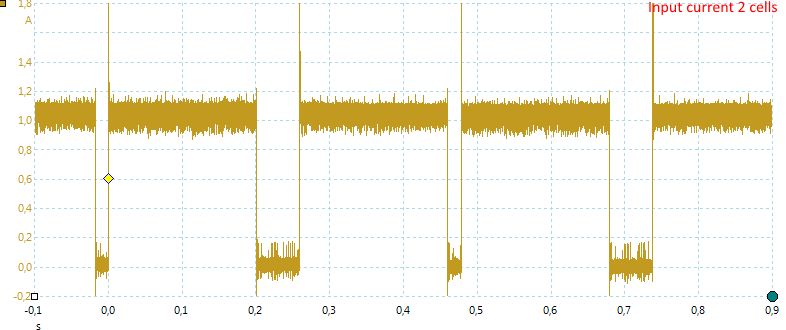
But the current draw has changed, now it need to draw current all the time, except when changing between cells.

With 3 cells the duty cycle is about 33%
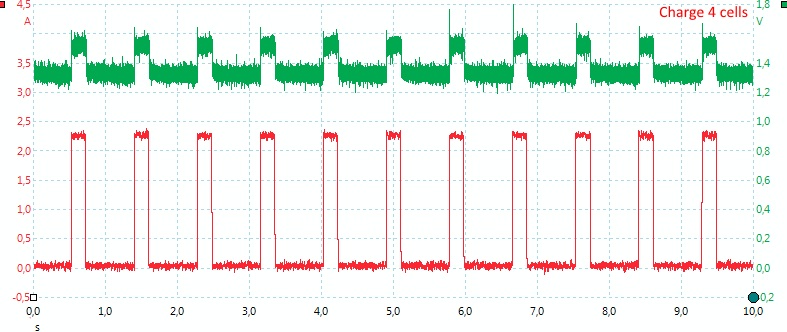
And with 4 cells it is about 25%.
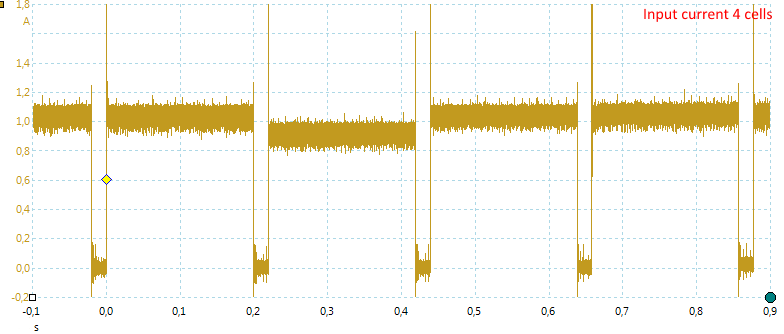
With all four cells the current pulses and pauses are fairly constant.

The top-off charge is done with lower current.
USB output
-
USB output is coded as usb charger (DCP)
-
When usb output is active it will drain about 5mA from the batteries.
-
All 4 batteries must be mounted for usb output to work.
-
Batteries are in series when powering usb output.
-
USB output will only be on when switch is in usb output position.
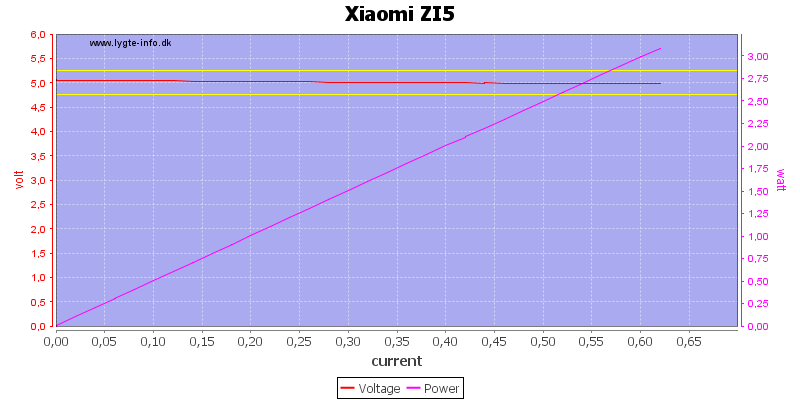
The usb output is not very powerful, only 0.6A.
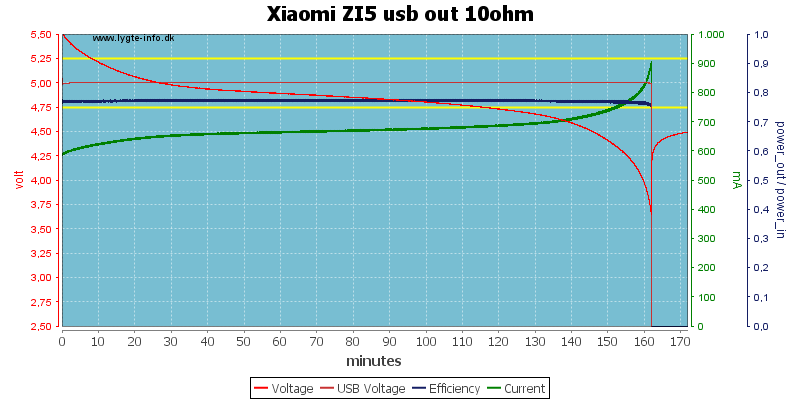
0.5A output current can be maintained for nearly 3 hours.

There is 47mV rms noise and 225mVpp noise.
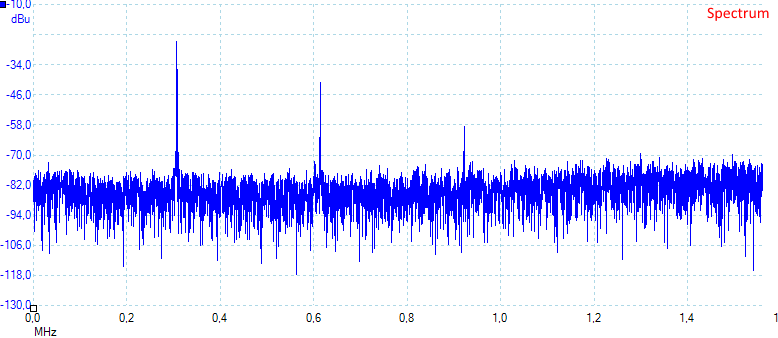
Letting the scope do a spectrum analysis shows that the main switching frequency for usb output is about 300kHz.
Conclusion
It is a good charger and with the compact size it can easily be used as a travel charger, especially if you are hauling other usb equipment. Charge time is good with one or two cells and acceptable with 3 or 4 cells, but you have to manually add two hours if you want to be sure the batteries are completely filled.
As usual I am not impressed with NiMH based power banks (4 AA battery is about the same power as one 18650 battery), but with this compact charger it is a nice extra, even if the usefulness is a bit limited.
Notes
The charger was supplied by Gearbest for review.
Here is an explanation on how I did the above charge curves: How do I test a charger
Read more about how I test USB power supplies and chargers